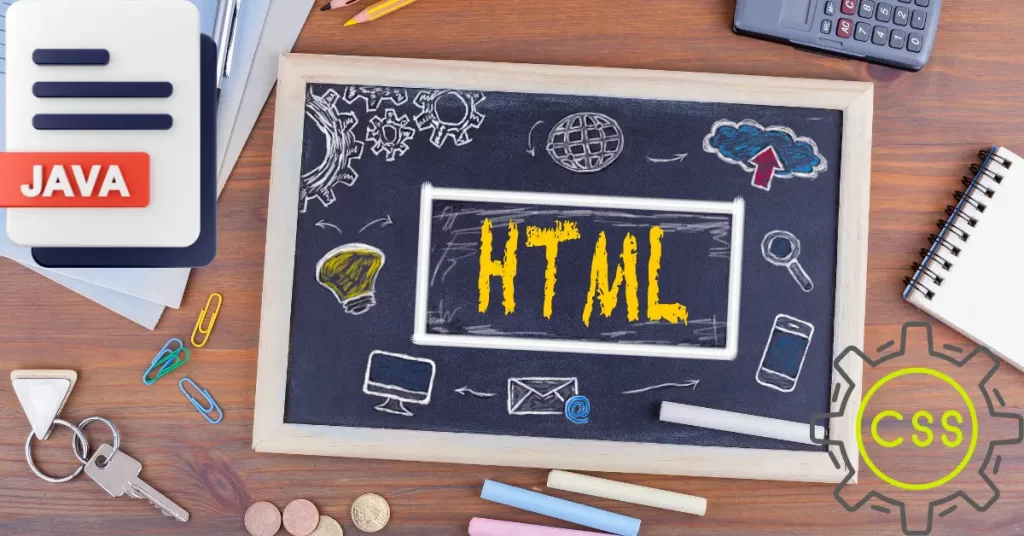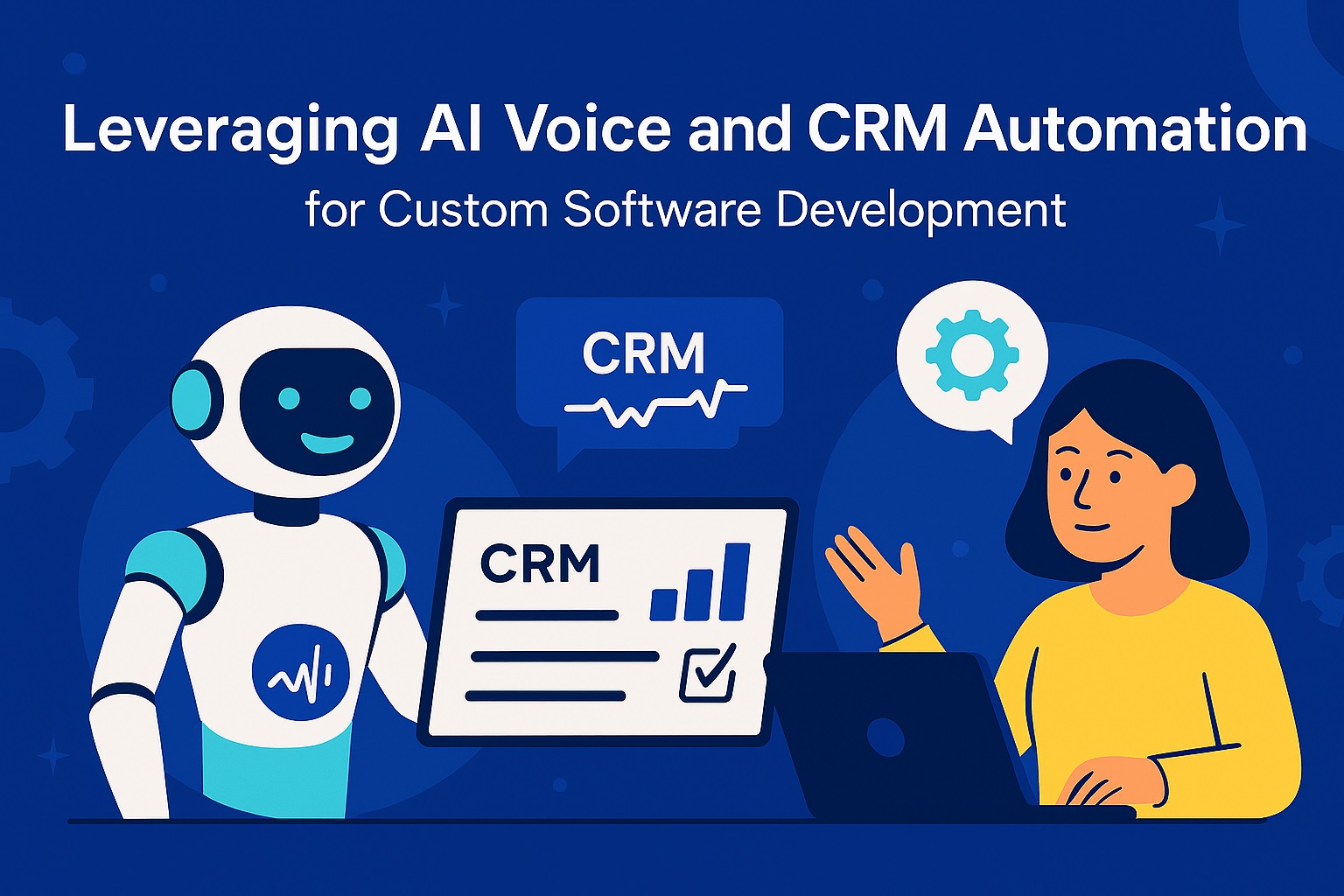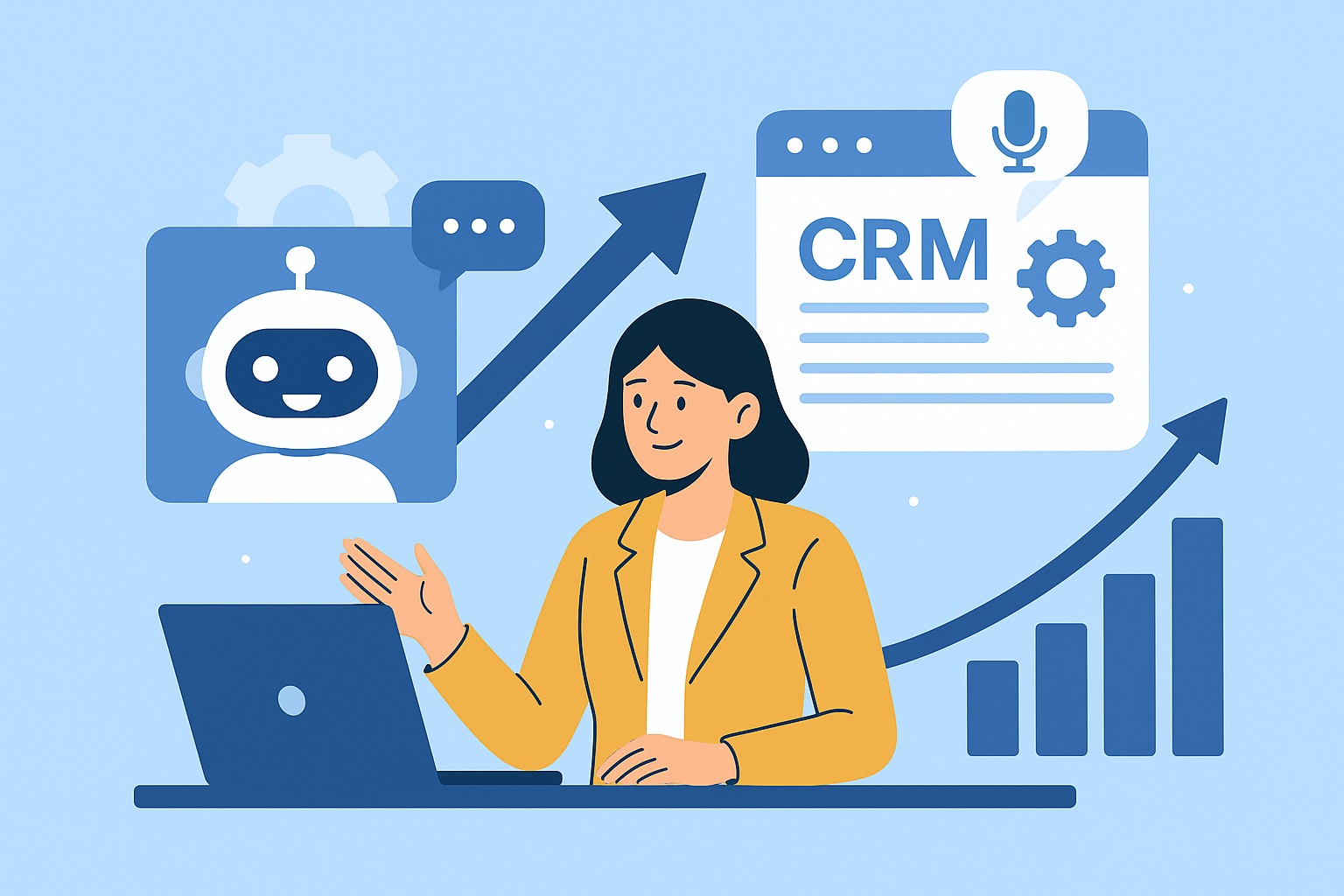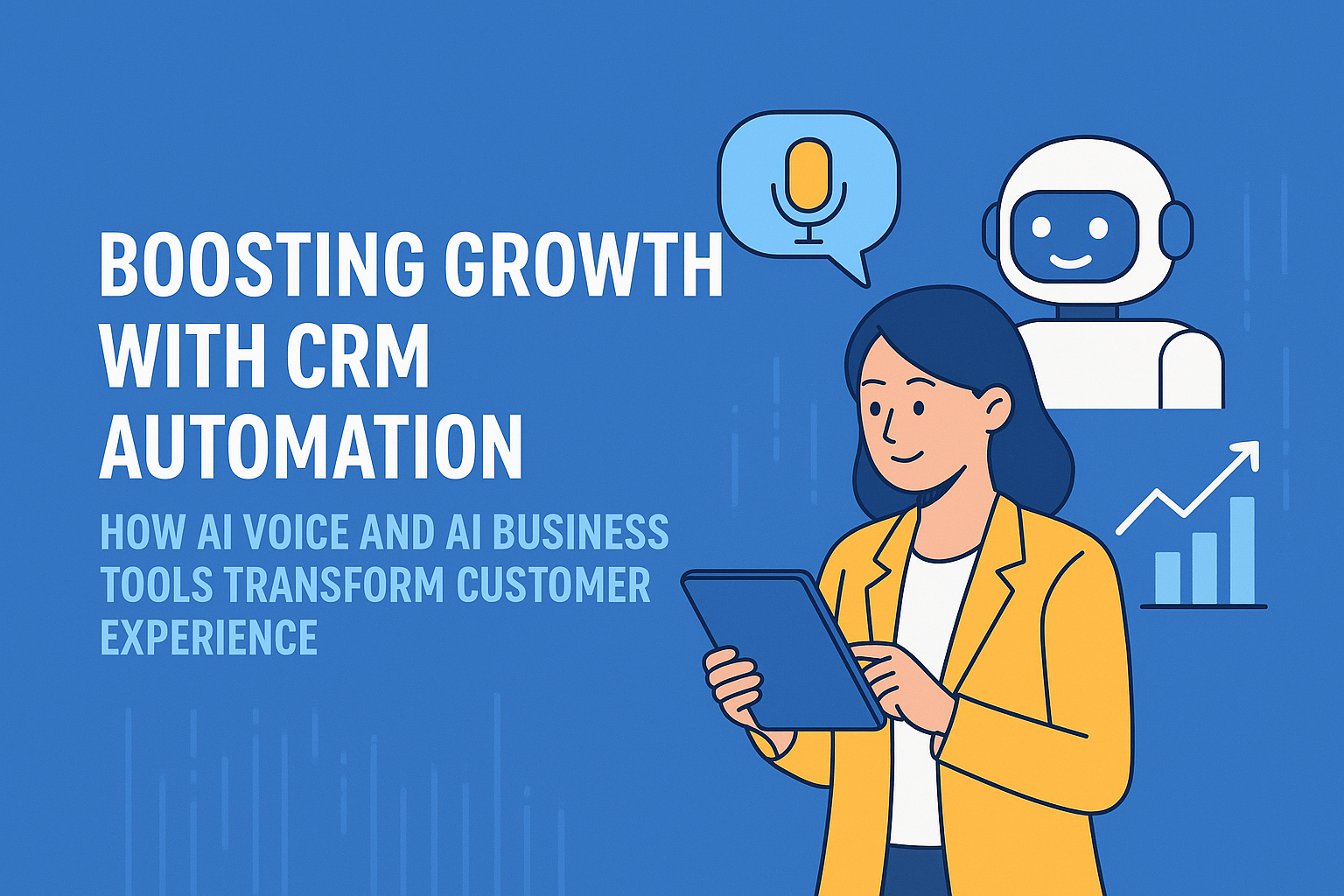Front-end web development involves creating the visible and interactive elements of a website or web application. It is the process of turning designs into functional websites that users can navigate and interact with. With the proliferation of the internet and the continuous growth of online businesses, there is a high demand for skilled front-end web developers. If you are interested in this field of web development, this article will provide you with the necessary information and steps to get started.
Step 1: Learn the Basics of Web Development
Before diving into front-end web development, it is essential to have a solid foundation in the basics of web development. This includes understanding HTML, CSS, and JavaScript, the primary building blocks of a website.
HTML (Hypertext Markup Language) is used to structure and provide meaning to a website’s content. It is the backbone of every web page and is used to create headings, paragraphs, lists, and other structural elements. CSS (Cascading Style Sheets) is used to style and design the visual aspects of a website, such as colors, fonts, and layouts. JavaScript is a programming language that adds interactivity and functionality to a website, such as animations, form validation, and dynamic content.
Numerous free resources are available online, such as W3Schools and Codecademy, to help you learn the basics of these languages. It would be best to understand responsive design well, which is crucial in creating optimized websites for all devices.

Step 2: Choose Your Front End Development Tools
The next step is to choose the tools you will use for front-end development. Various tools and software are available, and the most popular ones include text editors, IDEs (Integrated Development Environments), and code editors.
Text editors, like Notepad++, Sublime Text, and Atom, are used to write and edit code. IDEs, such as Visual Studio Code and WebStorm, provide a more comprehensive set of tools, including code completion, debugging, and project management features. Code editors, like Brackets and JavaScript, are designed explicitly for front-end development and offer features tailored to this field.
Experimenting with different tools and choosing the one that suits your skill level and workflow is essential.
Step 3: Familiarize Yourself with Front End Frameworks
Front-end frameworks are pre-written code libraries that provide a structure and tools for building websites or web applications. They are designed to make the development process faster and more efficient. Some popular front-end frameworks include Bootstrap, Foundation, and Materialize.
Front-end frameworks also have documentation and tutorials, making it easier for beginners to get started. Selecting one frame in which one chooses to become proficient before moving on to others is recommended.
Step 4: Practice, Practice, Practice
Practice is crucial in developing your front-end web development skills. Working on different projects and challenges is essential, such as building a personal website or creating a simple web application. Participating in online coding challenges, hackathons, or code review platforms like Github can help you improve your skills and learn from others.
Additionally, keeping yourself updated with the latest trends and technologies in front-end development is essential. Blogs, social media, and online web development communities are excellent sources for discovering new techniques and best practices.
Step 5: Showcase Your Work
Building a portfolio is essential in establishing yourself as a front-end developer. It is recommended to have a personal website or a GitHub repository to showcase your projects, skills, and accomplishments. This will help you gain visibility and serve as a reference for potential employers.

Conclusion
In conclusion, front-end web development requires technical skills, creativity, and continuous learning. You can become a proficient front-end developer by following the above steps and honing your skills. To succeed in this field, it is essential to have patience, dedication, and a passion for coding.
FAQs:
Q: Do I need a degree to become a front-end web developer?
A: While a degree may be helpful, it is not necessary to have a formal degree in web development to become a front-end developer. Many successful developers are self-taught and rely on continuous learning and practice.
Q: How long does becoming a front-end web developer take?
A: The time to become a front-end developer depends on individual learning pace and dedication. It could take several months to a year to grasp the basics and become proficient in front-end development.
Q: Can I learn front-end web development on my own?
A: With the abundance of online resources, learning front-end web development on your own is possible. Being disciplined and motivated and continuously learning and practicing is essential.
Q: What are some essential skills for front-end web developers?
A: Some essential skills for front-end web development include proficiency in HTML, CSS, JavaScript, responsive design, and knowledge of popular front-end frameworks.
Q: How can I stay updated on the latest front-end technologies?
A: To stay updated with the latest front-end technologies, it is recommended that you follow industry blogs, attend web development conferences, and actively participate in online communities and coding challenges.






